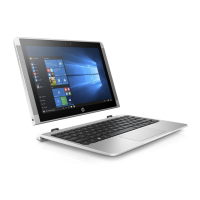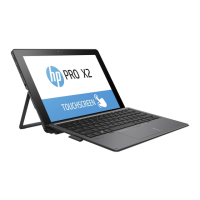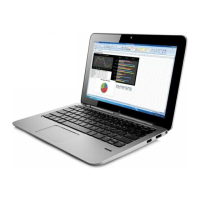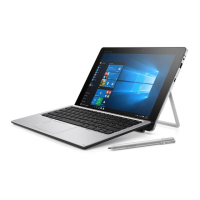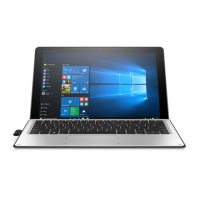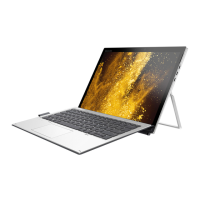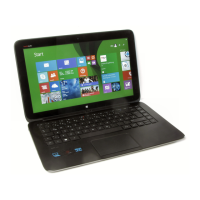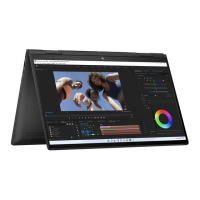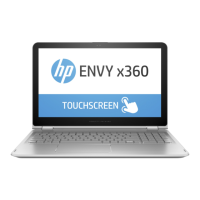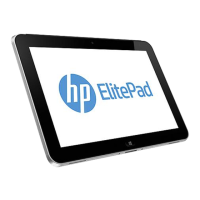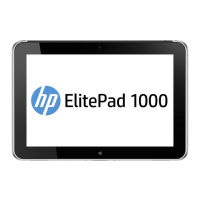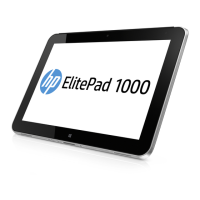A single symptom can be listed under dierent groups. For example, No Video can belong to (1) power-on or
(4) display; but ickering when turned on should be listed in (4) display. Or, in another example, a blue screen
can be caused by a driver conict in performance (4), but it can also be caused by a defective hard drive under
(6) storage. Therefore, failures that share similar symptoms are noted.
If possible, make a record of the failure symptom, the phase of the boot-up sequence where the failure
occurs, and the most likely location in the failure tree (Table 7-4 Failure classication by boot-up sequence
on page 71 and Table 7-5 Failure classication by hardware devices on page 71). This record helps isolate
the issue and indicate the next steps. For example, when the computer is running the operating system, it
can experience an issue with (4) display, (5) I/O devices (keyboard, wireless, and so on), (6) storage, or (7)
mechanical components (stuck buttons, thermal shutdown, and so on).
NOTE: Uncategorized is used if an issue found is not listed. For example, Bluetooth is oered on certain
hardware congurations; therefore, you can classify a Bluetooth issue under I/O Device if needed.
Failure classication by boot-up sequence
Use this table to locate failure classication information.
Table 7-4 Failure classication by boot-up sequence
1. Power-on 2. POST 3. Performance
1. No power on page 85
2. Intermittent power-on, shutdown,
reboot on page 87
a
3. AC adapter issue on page 88
4. Battery not recognized, not charging
on page 88
5. Battery discharges too fast on page
90
6. Burnt smell on page 91
1. No video (with power) on page 91
2. Blinking lights on page 92
3. Diagnostic error messages on
page 93
4. BIOS password on page 93
1.
Intermittent shutdown on page 94
a
2. Blue screen on page 96
b
3. Freeze at Windows Logo (hang or lockup)
on page 97
4. Electromagnetic Interference (EMI) on
page 98
5. No wake up on page 99
6. Unresponsive on page 100
7. Slow performance on page 101
c
8. HP Smart Adapter warning message on
page 101
9. Incorrect time and date on page 102
a,b,c
similar symptoms
Failure classication by hardware devices
To determine failure by device, use this table.
Table 7-5
Failure classication by hardware devices
4. Display 5. I/O devices 6. Storage 7. Mechanical
1. Display anomalies on
page 102
2. Dead pixel on page 105
3. No video (internal) on
page 105
d
1. Keyboard on page 109
2. Keyboard pointing stick
(select products only) on
page 110
3. Keyboard backlight on
page 111
1. Hard drive or solid-state
drive not recognized on
page 118
2. No boot to operating
system (no read-write
error) on page 119
1. Noise (sound) on page
121
2. Fan runs constantly on
page 122
3. Thermal shutdown (hot)
on page 123
Failure classication by boot-up sequence 71
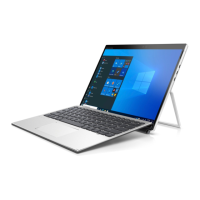
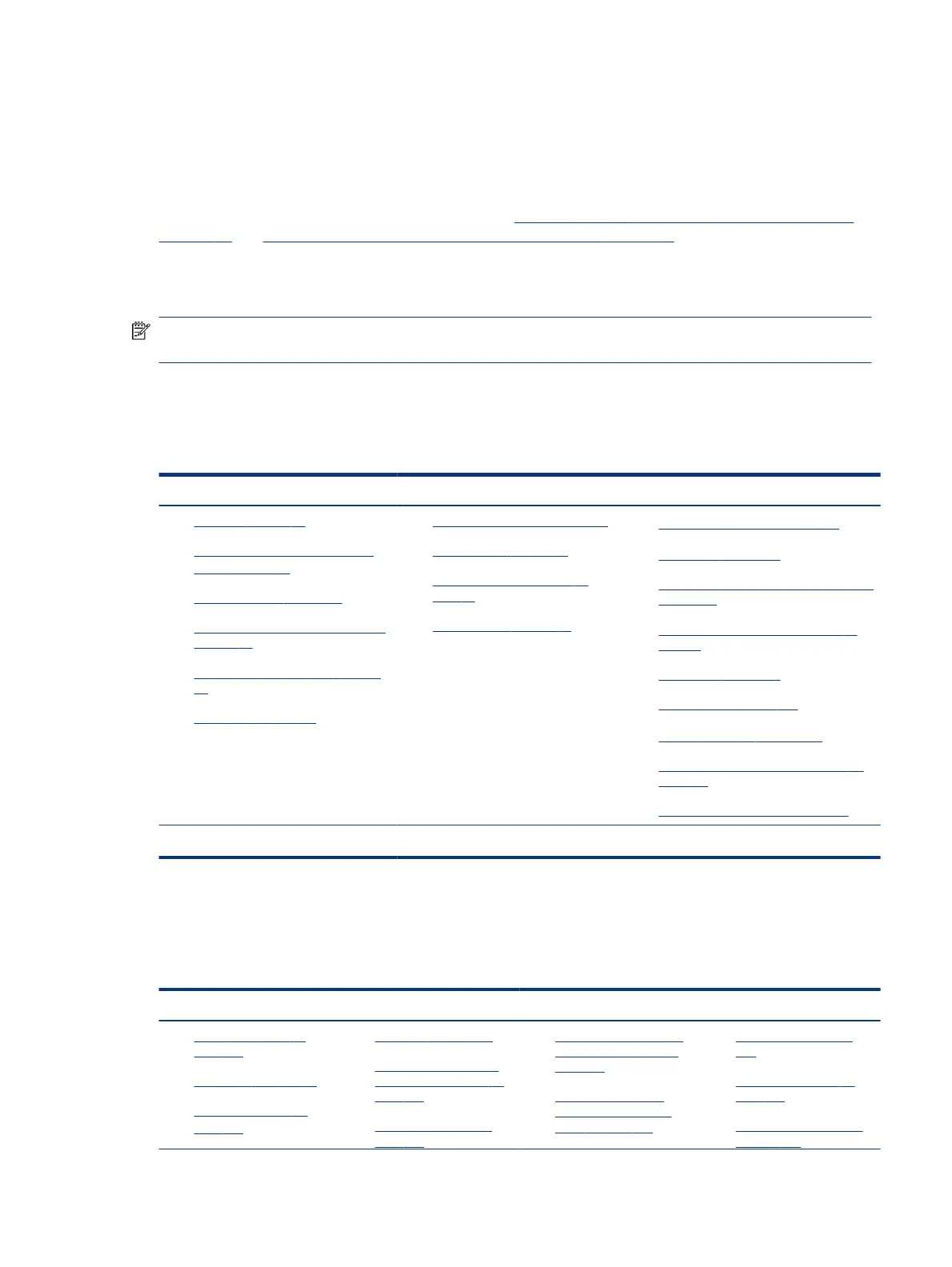